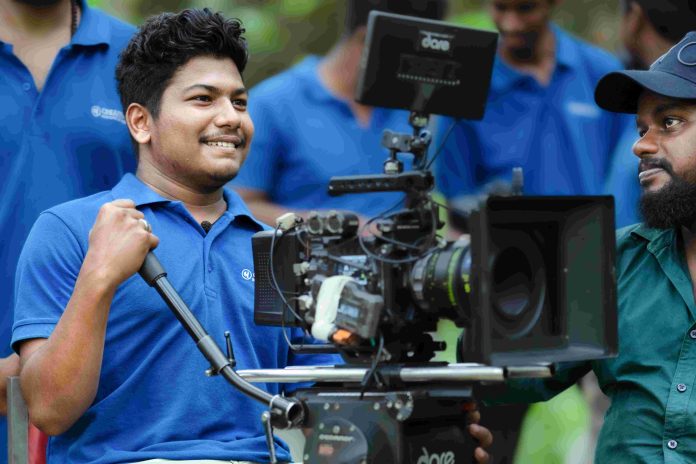A small member of the sunbird family is the purple sunbird (Cinnyris asiaticus). It can be found in regions of South and Southeast Asia as well as the Arabian Peninsula. It can hover like a hummingbird to collect nectar, although it usually sits at the foot of blooms. Its flight is swift and direct. Its primary food sources are nectar and insects, particularly while it is feeding young. In direct sunlight, the males may look completely black, but under favorable lighting circumstances or upon closer inspection, the purple iridescence is discernible. Females are yellowish below and olive above.

Perch Moment Perched elegantly, the sunbird surveys its domain.
Prior to the monsoon season, which runs from April to June in northern India and January to June in Sri Lanka, is the main breeding season. They typically perch to search for nectar and hardly ever hover around flowers. Some plant species, including Butea monosperma, Acacia, Woodfordia, Dendrophthoe, and others, depend on them as pollinators, but occasionally they slice the base of flowers like Hamelia patens to collect nectar.The male elevates his head, fans his tail, flutters with his wings partially extended to reveal his pectoral tufts, and sings in front of the female during courtship displays.

Morning Meal Sunbird balances delicately while holding an insect.
The bird builds a pouch-shaped nest using bark, lichens, cobwebs, and thin strips of vegetation. An overhanging protrusion frequently shades the side entrance hole. The female does the majority of the nest construction. Cobwebs hold most of the nest material together rather than weaving it. The construction of the nest may take five to ten days. The bird opens its wing and rotates on the inside to expand the interior hollow.

Reverse Sip Purple sunbird feeds delicately from vibrant flower.
The bird opens its wing and rotates on the inside to expand the interior hollow. The female alone incubates the eggs, which hatch in 15 to 17 days. Even though females participate more and make more excursions as the chicks become older, men help feed the chicks.
Copyrights : All the photos and texts in this post are the copyright of John Thomas and Creative Hut Institute of Photography and Film. Their reproduction, full or part, is forbidden without the explicit approval of the right owners.


